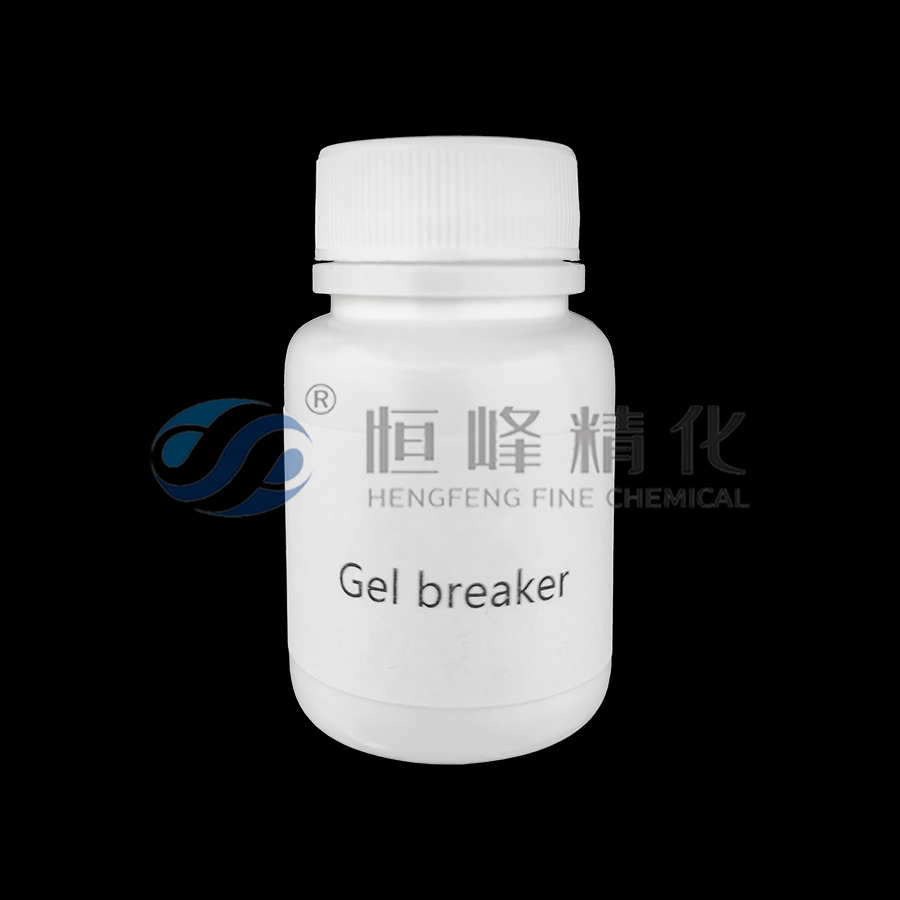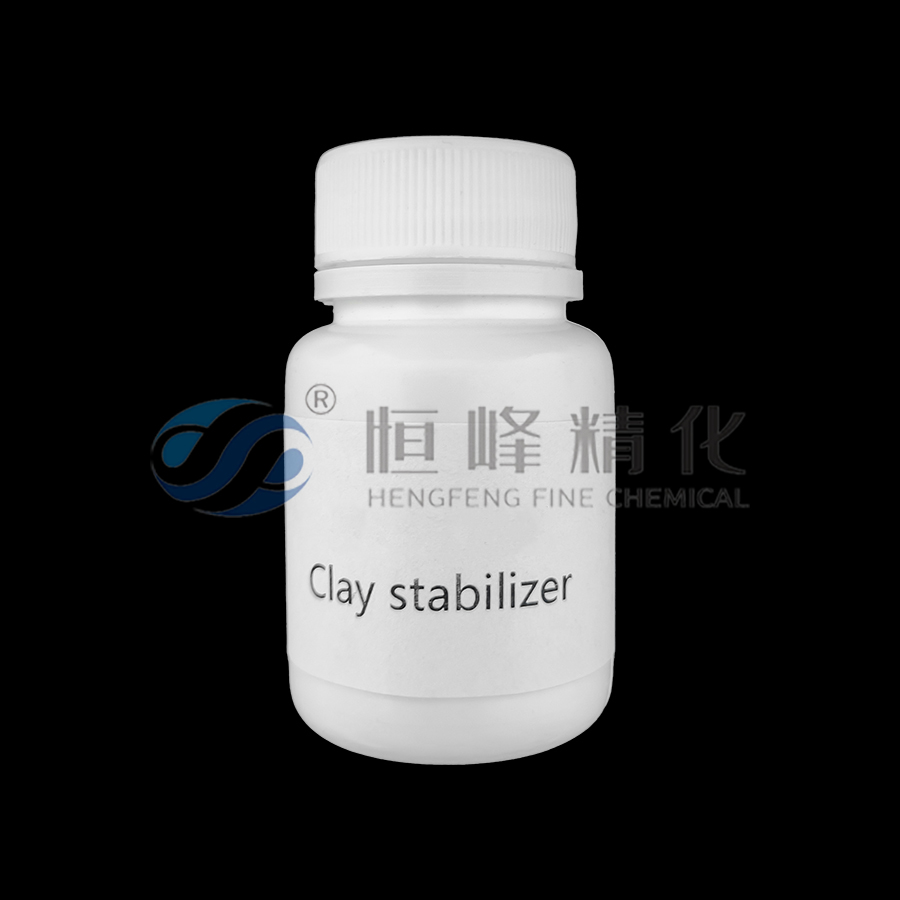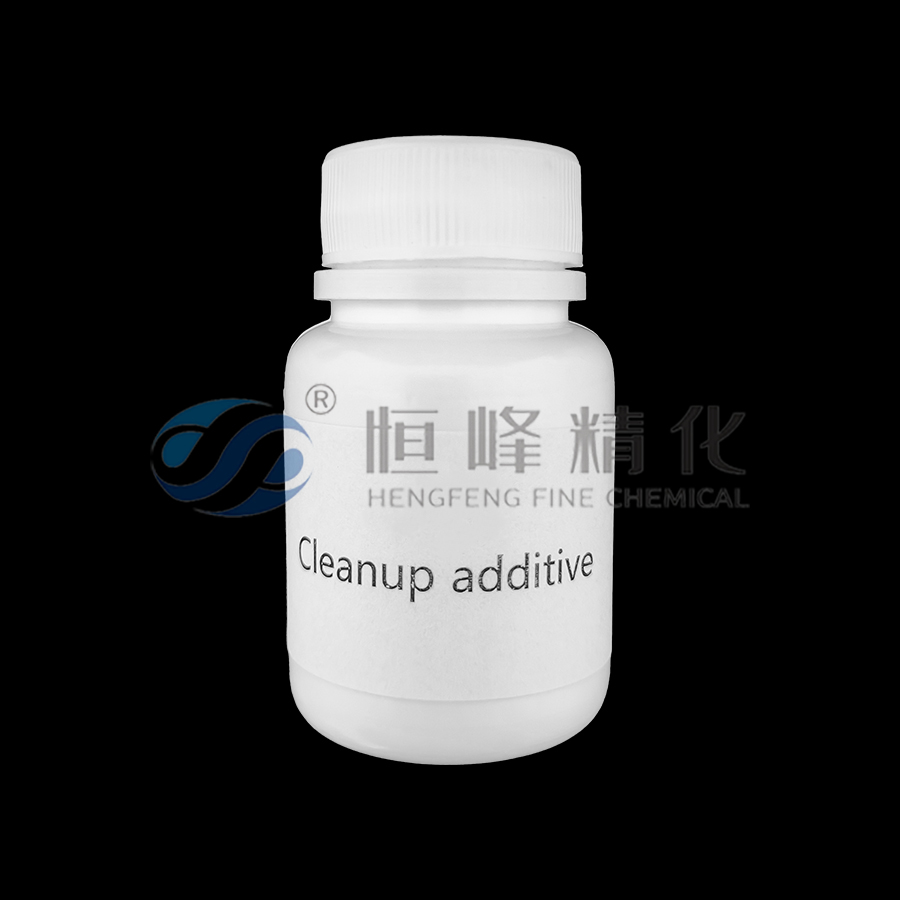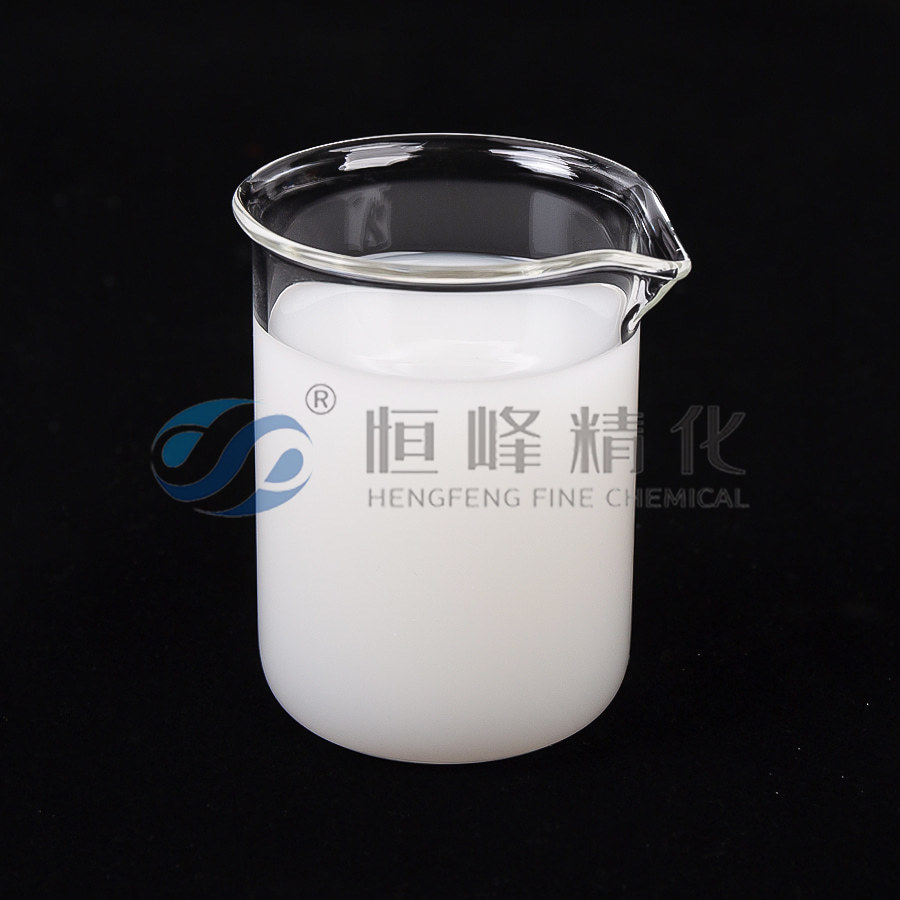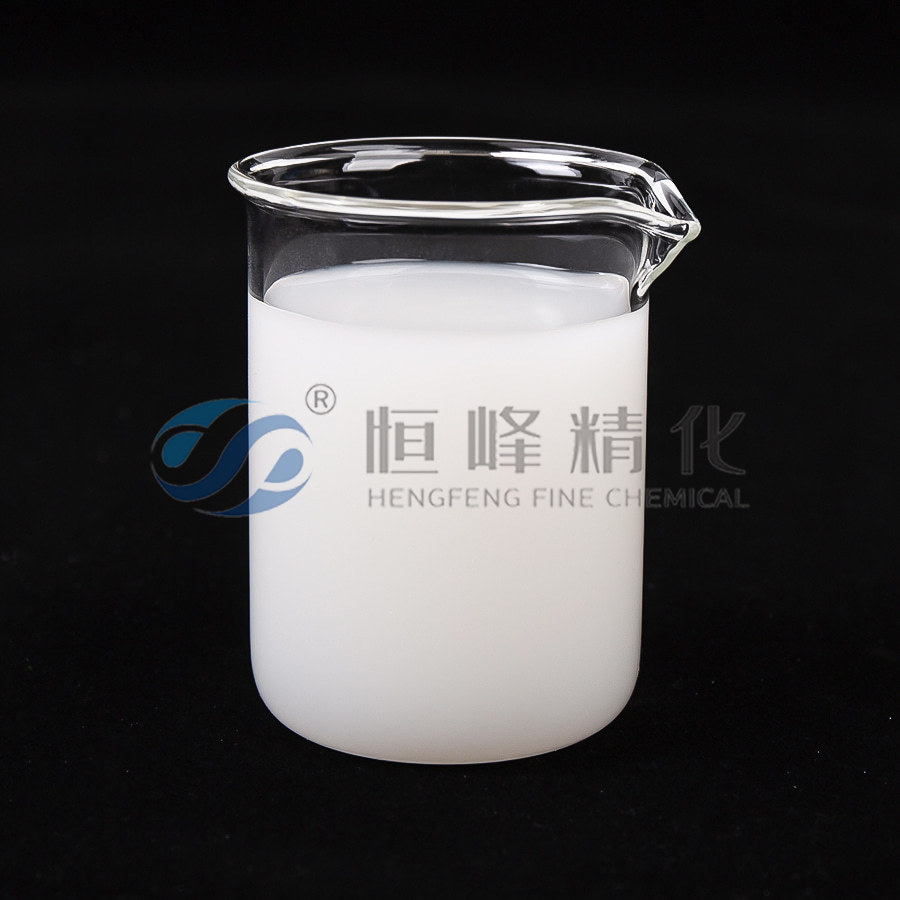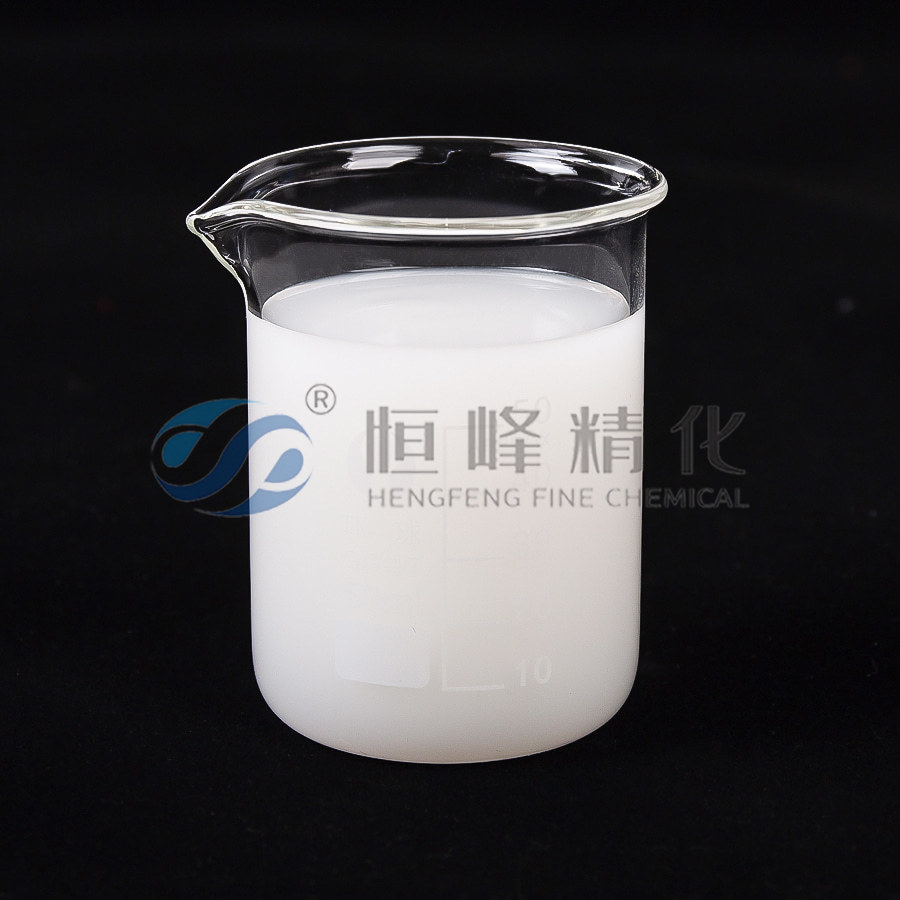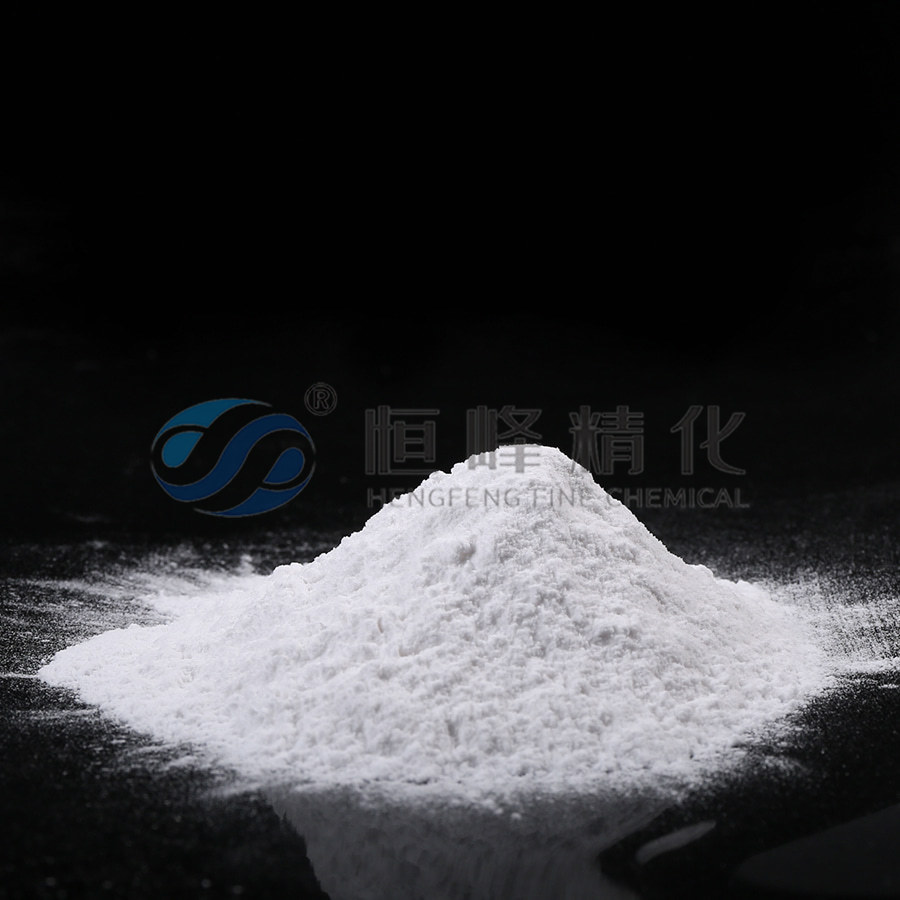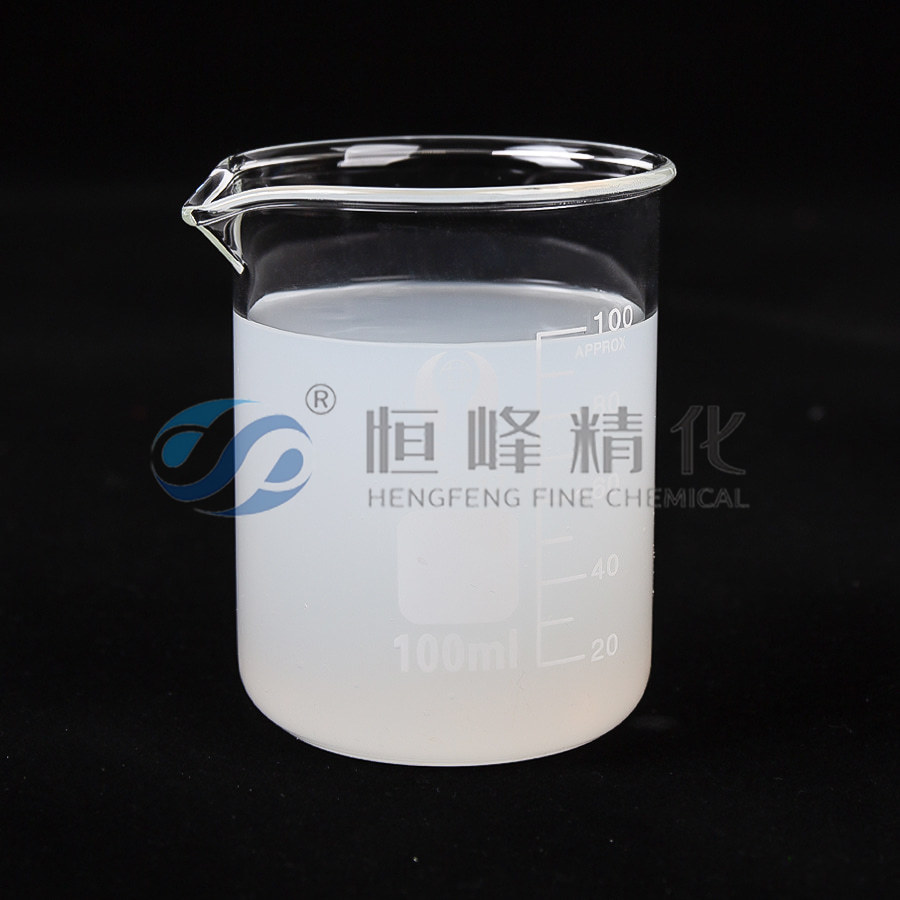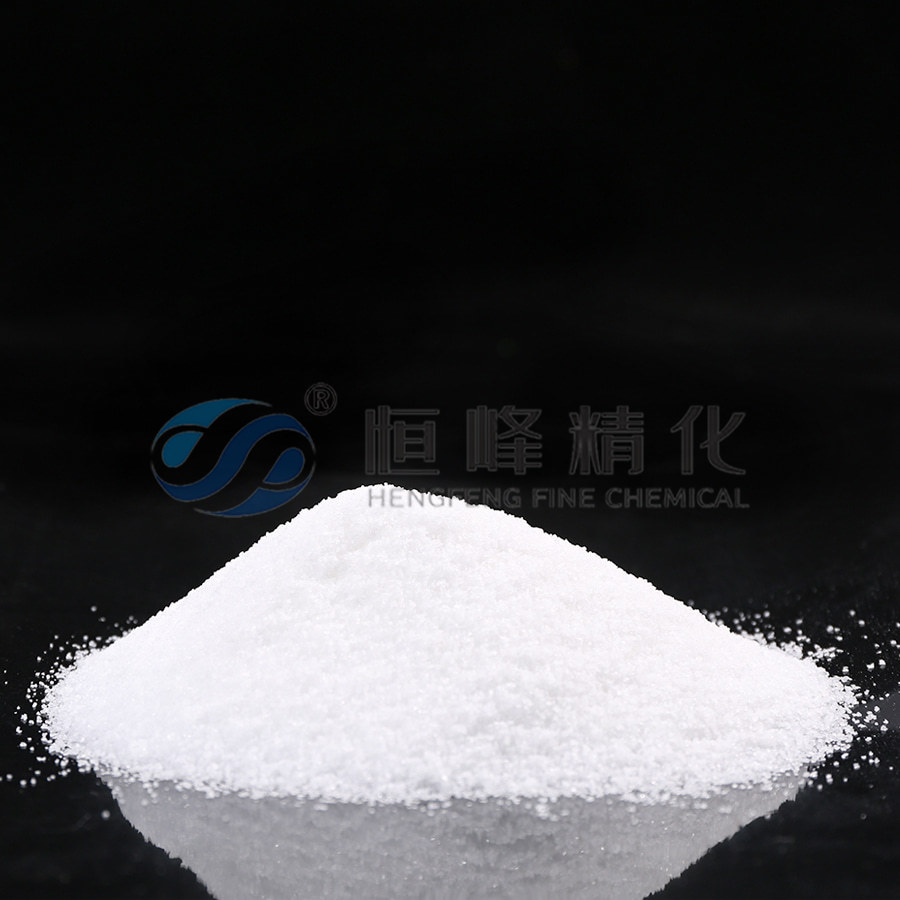How Flocculants Improve Mineral Separation
In the field of mineral separation and treatment, mineral processing flocculant plays a crucial role in enhancing the efficiency of solid-liquid separation. As mineral resources become more complex and environmental regulations tighten, the demand for effective flocculation solutions continues to rise. Understanding what a mineral processing flocculant is, how it functions, and how to choose the right type for specific applications is essential for mining operations seeking improved productivity and sustainability.
A mineral processing flocculant is a high molecular weight chemical agent designed to aggregate fine solid particles in slurry into larger clusters, or flocs. These flocs settle more rapidly and can be more easily removed from the liquid phase. The flocculation process is particularly important in mining operations where fine particles are difficult to separate through conventional mechanical methods alone. It is widely used in processes such as tailings treatment, concentrate clarification, and water recycling systems.
The working principle of a flocculant in mineral processing is based on the neutralization or bridging of electrical charges on particle surfaces. In a typical mineral slurry, particles often carry like charges that cause them to repel each other, remaining suspended in water. When a flocculant is introduced, it acts to neutralize these charges or create polymer bridges between particles, encouraging them to come together and settle more quickly. This enhances both the clarity of the process water and the recovery of valuable minerals.
Selecting the right mineral processing flocculant requires a deep understanding of the ore characteristics, slurry composition, and separation goals. Factors such as pH level, mineral type, and the presence of organic matter or other reagents can influence flocculant performance. Different types of flocculants, including anionic, cationic, and non-ionic varieties, offer distinct benefits depending on the conditions. The correct choice leads to faster sedimentation, reduced chemical consumption, and improved water reuse.
Recent innovations in mineral processing flocculant technology have focused on increasing environmental compatibility and application precision. New-generation flocculants are being engineered to work efficiently at lower dosages, minimizing their environmental footprint. Additionally, advancements in polymer science have led to flocculants with enhanced stability, faster reaction times, and better adaptability to a wide range of mineral slurries.
Digital tools and automation are also transforming how flocculants are applied in mineral processing. Smart dosing systems, real-time monitoring, and data-driven adjustments ensure that flocculants are used efficiently and effectively throughout the processing line. These improvements not only optimize performance but also contribute to cost control and sustainable resource management.
With the growing emphasis on efficiency, water conservation, and environmental compliance in mining operations, mineral processing flocculants have become an indispensable part of the separation process.


 English
English Español
Español عربى
عربى Русский
Русский Tiếng Việt
Tiếng Việt




